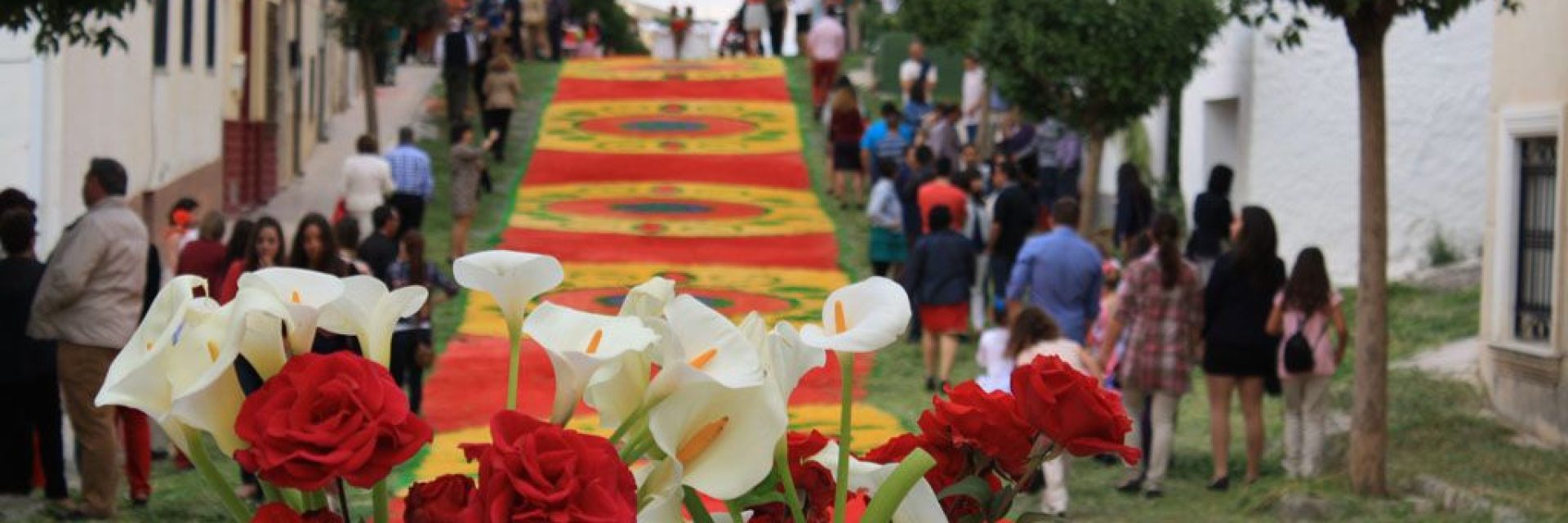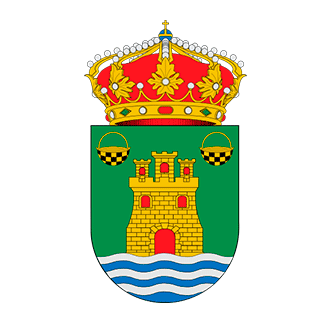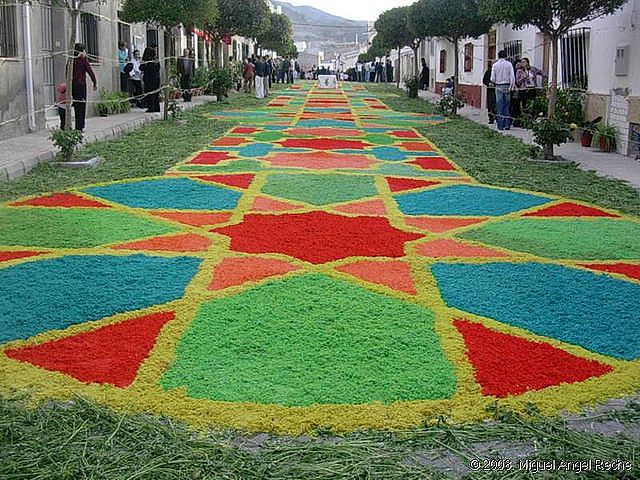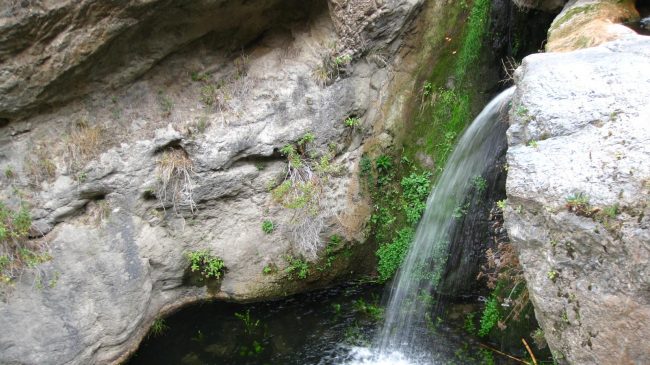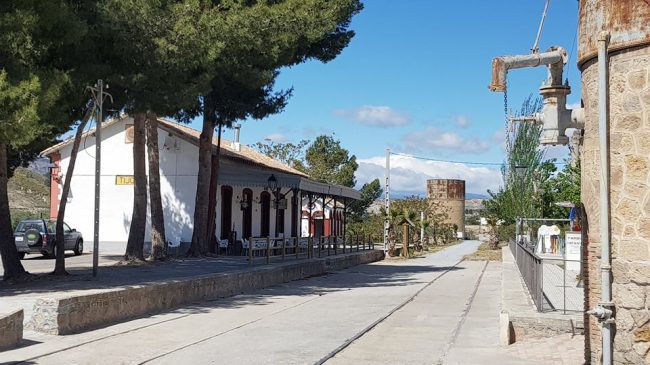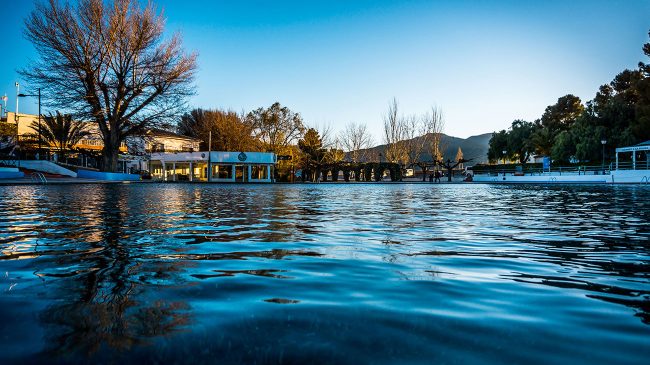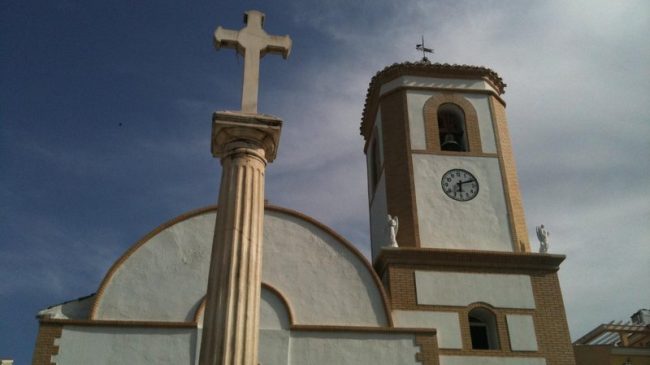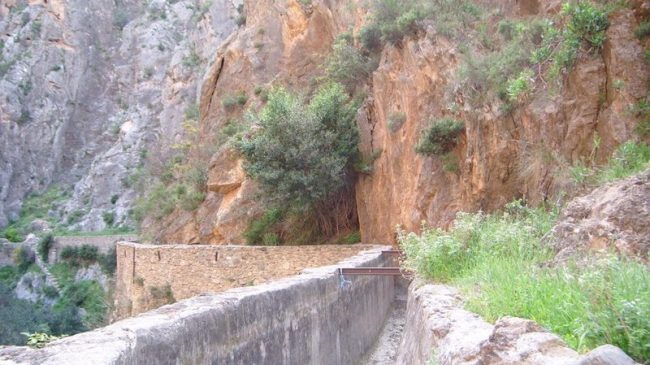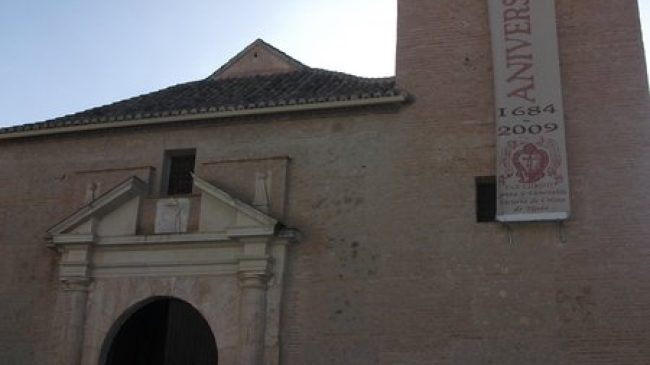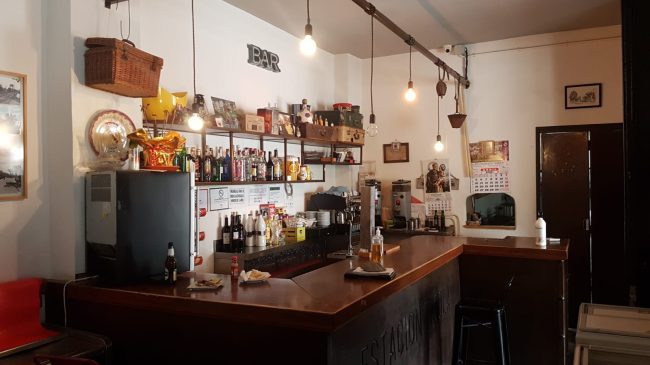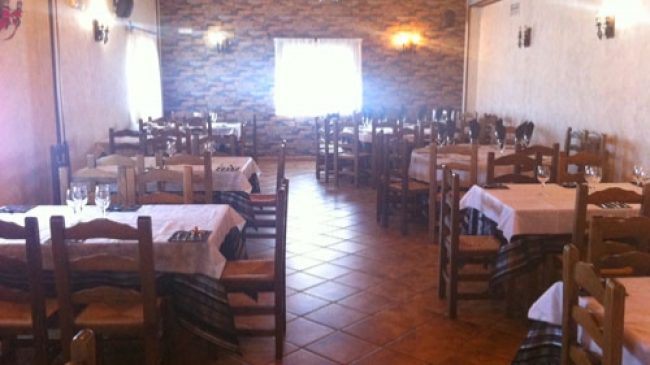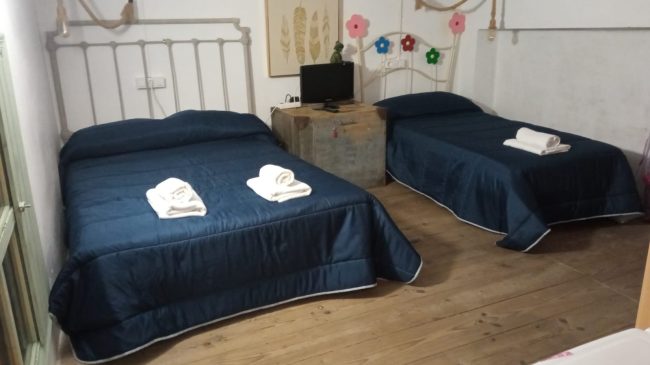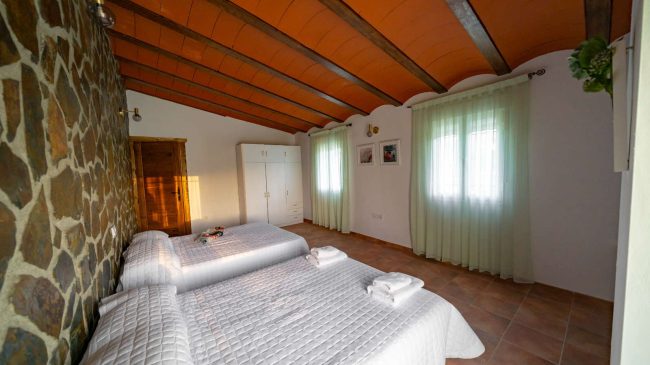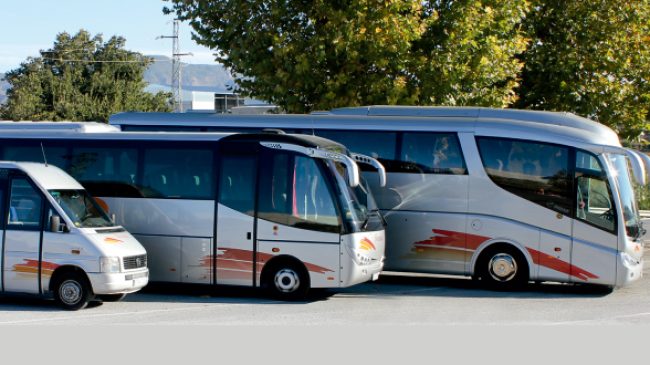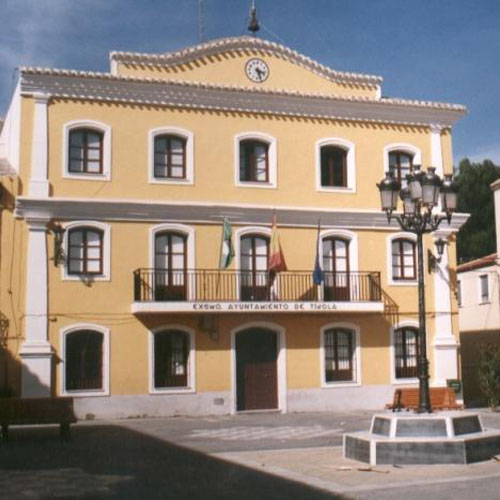INTRODUCTION
Tíjola
It is located in the upper side of the Almanzora River. It limits to the West with the municipality of Serón, to the North with that of Cúllar, to the Northwest with Lúcar, to the East with Armuña, to the Southeast with Suflí and to the South with Bayarque. An important part of it is located in the Almanzora Valley between the Sierra de Lúcar and the Sierra de los Filabres. The human presence in the term of Tíjola, goes back to prehistoric time, as it is demonstrated by the idol found in “La Muela del Ajo”, in the place of the Blanquizares. Other testimonies of this period (late Neolithic) are the megalithic site of the “Hermitage of Cela” or the necropolis town located near Bayarque. The Carthaginians, attracted by the mining riches, especially the argentiferous minerals of Sierra Almagrera and Herrerías, founded Baria (colony near Villaricos towards the 6th century BC) More important is the Roman presence in Tagili (Tíjola). remains of three Roman villas of the imperial era: deposits of the “Muela del Tío Félix”, “Iglesias” and “Aalgaida.” In 1977, a marble tablet (92 x 49 cm) was found that read: “Voconia, Avita, daughter of Quinto Fabio, with her money, she built some spas for her Tagilitana republic, celebrating her inauguration with circus games and a banquet.For the care and maintenance she gave 12,000 deans to her Tagilitana republic. “From the resplendent age of Abderramán III (S X), in this place there is a city-fortress called “Tájela”.
As mayor of Tíjola, it is an honor for me to welcome all those who decide to discover the wonders of our people through this website.
Visit the municipality of Tíjola is an experience steeped in centuries of history ..
All these singularities constitute a surprising mixture able to offer the visitor multiple tourist possibilities.
I would like this website to encourage everyone to enjoy and get to know our people, wishing them a pleasant stay that will surely make them repeat.
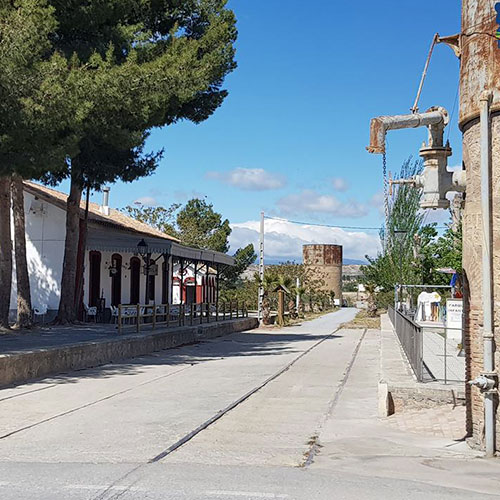
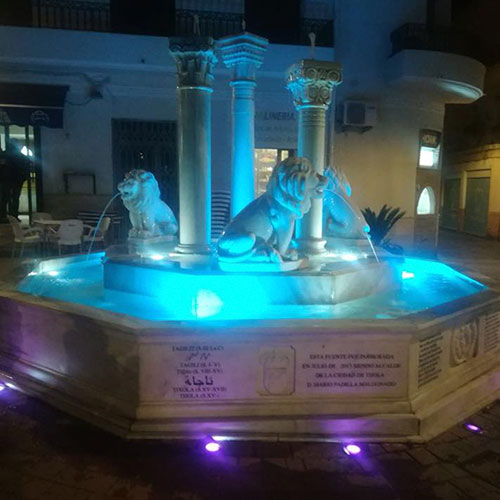
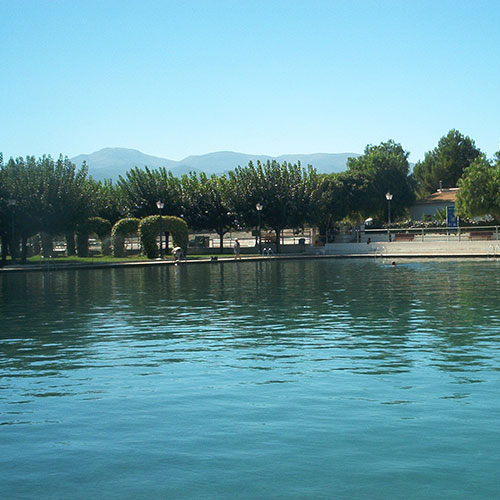
DISCOVER TÍJOLA
HISTORY
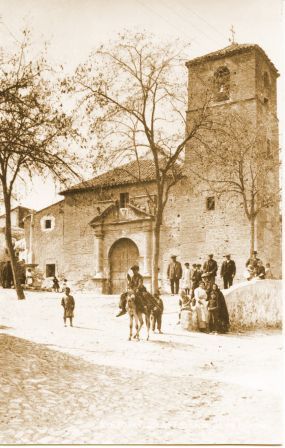 Villa located in the Alto Almanzora, in the valley formed by the Sierra de los Filabres the Sierra de las Estancias. It is called “Granada la Chica” (meaning something like Little Granada) or “the pearl of Almanzora. Tixola means “the hidden one”. It will be from 1830 when it begins to be called by its current name, until then it had been known as Tíxola.
Villa located in the Alto Almanzora, in the valley formed by the Sierra de los Filabres the Sierra de las Estancias. It is called “Granada la Chica” (meaning something like Little Granada) or “the pearl of Almanzora. Tixola means “the hidden one”. It will be from 1830 when it begins to be called by its current name, until then it had been known as Tíxola.
In its term have been found prehistoric settlements from the IV millennium a. C. in the place called Pago del Prado. Of this period we must highlight the so-called idol of Tíjola found in the Muela del Ajo and which currently appears in the National Archaeological Museum.
It was the ancient Roman recreation city of Tagilis, inside the Conventus Cartaginensis.
There is an old fortress, called today Tíjola la Vieja, already existed in the 8th century with the arrival of the Arabs. In the period of Al-Andalus there was a large town with good defensive conditions and topped off in a castle. The current Tíjola is below.
In the year 1489, Tíjola surrendered to the Catholic Monarchs who yielded it to Yusuf Barbaja in 1490. In 1494 it was ceded again to Don Diego López Pacheco, Marquis of Villena.
During the War of the Alpujarras (1568-1570) it was conquered by don Juan de Austria with twelve cannons, its inhabitants fled and the Christians killed their warden. From then on it would be real of the armies of D. Juan de Austria during the Moorish rebellion, it is granted the title of Villa. The repopulation was carried out with people from Navarra, the Basque Country, Asturias and Portugal.
In the second half of the nineteenth century and early twentieth century agriculture will be monopolized by the cultivation of Ohanes grapes. Today it is one of the cities of Alto Almanzora with a more promising future in traditional economic activities such as agriculture, livestock, industry and other activities such as rural tourism to exploit the natural resources of the Sierra de los Filabres, Calar Alto, the Sierra de las Estancias and the thermal spring of Cela.
Prominent figures
Fidela Campiña, opera singer.
http://www.andalucia.org
FESTIVITIES
DATE |
festivities |
|---|---|
| 20 de January | Procession of San Sebastián |
| 25 de April | San Marcos |
| 13 de May | Procession of the Virgin of Fatima |
| 15 de May | Pilgrimage of San Isidro, in Villegas |
| 3 de June | San Antonio de Padua, in Higueral |
| Mobile | Procession of Corpus Christi |
| 15 de July | Virgen del Carmen in the Station |
| Second Week of August | The August Festivities |
| 15 de September | Festivities of the Virgen del Socorro |
| 1 de November | The chestnuts |
| 15 de December | Santa Lucía |
ORGANIZE YOUR TRIP
WHAT TO SEE
WHERE TO EAT
WHERE TO SLEEP
SERVICES
SHOPPING
LEISURE
What to do in Tíjola
If you are thinking about taking a different trip to discover beautiful places and charming towns that are not usually well known, a trip to Tíjola is an excellent option. Our town has many options to make and we recommend the ones that are sure to be of your interest.
button icon What to do in Tíjola
DATA
Town Hall of Tíjola
Address: Plaza de España 1, 04880 Tíjola, Almería
Web: http://www.tijola.es/
Contact: 950 420 300

